Natural treasures of Vietnam
Thursday, 20/12/2012 15:16 (GMT+7)
With 64 lively photos by many photographers about nature, animals, plants and people in Cat Tien National Park, the photo exhibition “impression of Cat Tien” was held in Ho Chi Minh City on December 16, drawing many viewers.
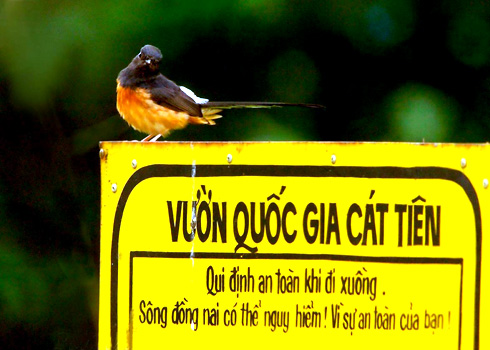 |
|
As one of six biosphere reserve areas recognized by UNESCO
in Vietnam, Cat Tien National Park has an area of nearly 72,000 hectares
located in the three provinces of Lam Dong, Binh Phuoc and Dong Nai.
Many people consider is one of the natural "treasures" of Vietnam. |
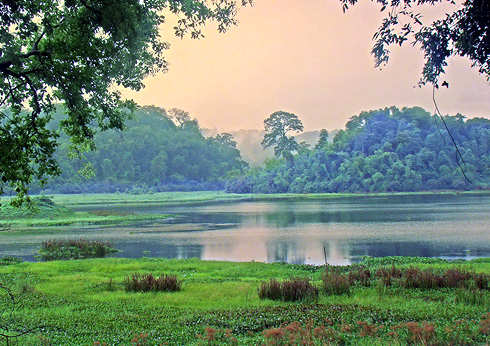 |
|
This is the only humid tropical forest remaining in South Vietnam,
playing an important role in regulating the climate for
the Central Highlands and the South. |
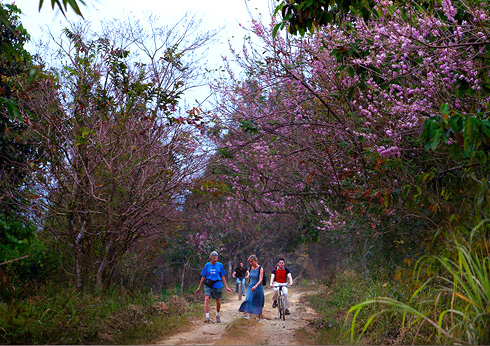 |
|
The exhibition is organized by volunteer group for loving and protecting
Cat Tien, in order to call for the protection and maintenance of the area
of Cat Tien National Park. |
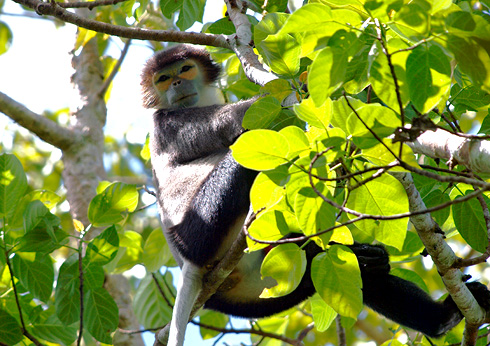 |
|
Yellow-cheeked crested gibbons are listed as an endangered species
in the Vietnam Red Book. |
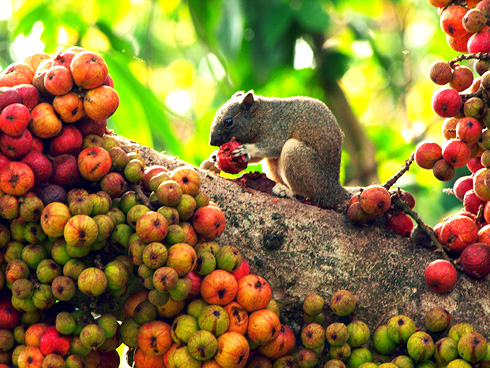 |
|
On June 18, 2011, UNESCO officially recognized Cat Tien National Park
as a world biosphere reservation area and renamed it into Dong Nai
biosphere reservation area. |
|
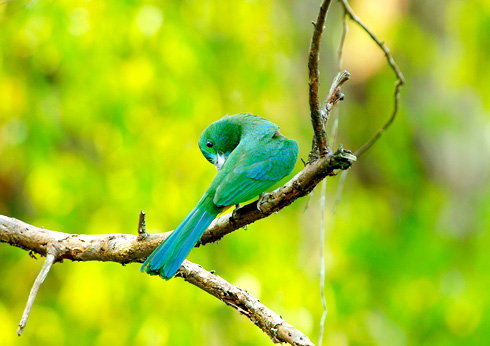
|
|
The vegetation system there is very diverse, with nearly 1,700 species
such as kingwood, barian kingwood and over 700 endangered and
critically endangered birds and animals in the Red Book. |
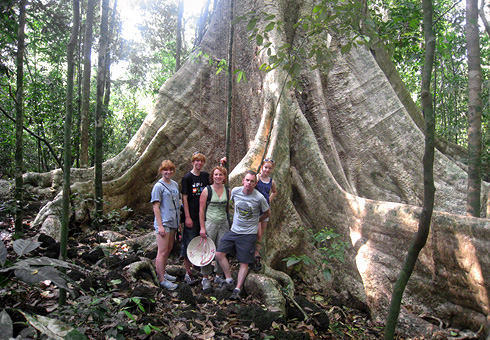 |
|
Cat Tien National Park attracts many foreign visitors |
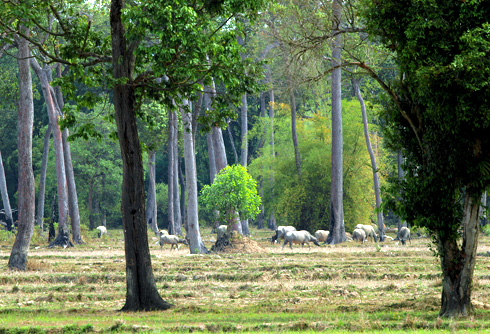 |
|
Cat Tien National Park has around 20 flocks of bulls with the total of
about 120 bulls. According to evaluation of experts, this is the most
intact bull community of Vietnam. |
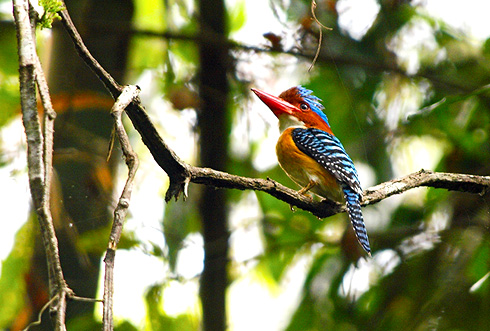 |
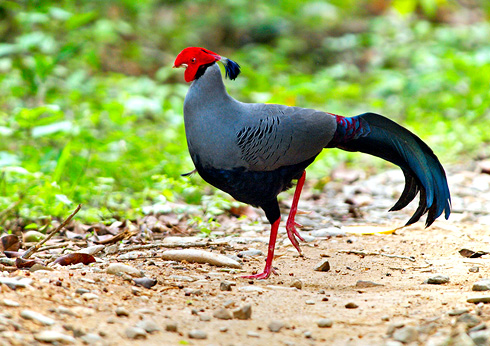 |
|
On September 17 in Dong Nai province, experts from the IUCN had a
working session with leaders from Dong Nai, Binh Phuoc, Lam Dong
provinces to assess the profile of Cat Tien National Park to submit to
UNESCO for recognition as a world natural heritage. |
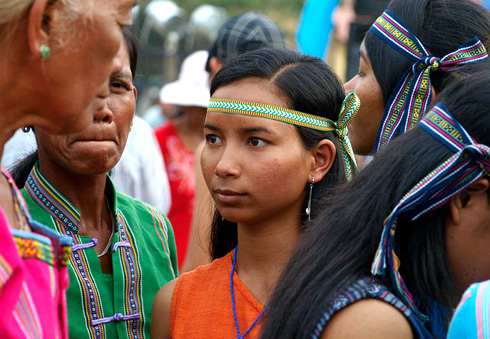 |
|
Apart from diversified vegetation system, Cat Tien National Park is the
home of 11 groups and the Oc Eo cultural space. Therefore, this
considered a model of multi-purpose preservation – harmonious
development between people and nature based on the foundation of
biological diversification in combination with cultural characters of
minority ethnic groups. |
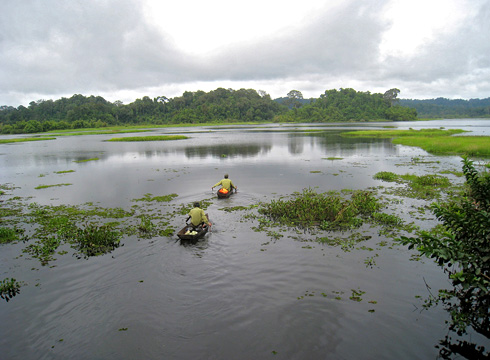 |
|
In recent years, the development of hydroelectric plants on Dong Nai
River has had large impacts on the area. |